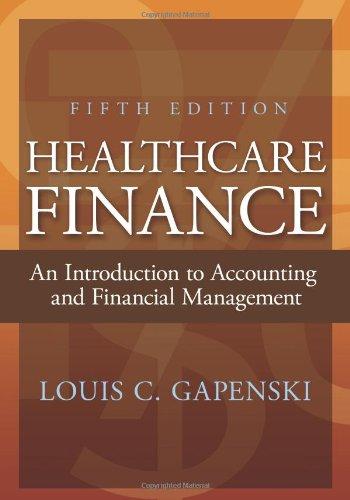Answered step by step
Verified Expert Solution
Question
1 Approved Answer
1.Asset A has an expected return of 15% and standard deviation of 20%. Asset B has an expected return of 20% and standard deviation of

1.Asset A has an expected return of 15% and standard deviation of 20%. Asset B has an expected return of 20% and standard deviation of 15%. The riskfree rate is 5%. A risk-averse investor would prefer a portfolio using the risk-free asset and A) asset A B) asset B C) no risky asset D) cannot tell from data provided 2. The type of risk which is priced in the market is called A) systematic risk B) unsystematic risk C) systematic and unsystematic risk D) idiosyncratic risk 3.Diversification is not effective when security returns are A) imperfectly negatively correlated B) negatively correlated C) perfectly positively correlated D) positively correlated 4.The Sharpe-ratio is useful for A) borrowing capital for investing B) investing available capital C) correctly forming portfolios D) rank ordering portfolios 5. The least risky portfolio can be identified by finding A) the minimum-variance point on the efficient frontier B) the maximum-return point on the efficient frontier C) the tangency-point of the capital allocation line and the efficient frontier D) none of the above answers is correct
Step by Step Solution
There are 3 Steps involved in it
Step: 1

Get Instant Access to Expert-Tailored Solutions
See step-by-step solutions with expert insights and AI powered tools for academic success
Step: 2

Step: 3

Ace Your Homework with AI
Get the answers you need in no time with our AI-driven, step-by-step assistance
Get Started


